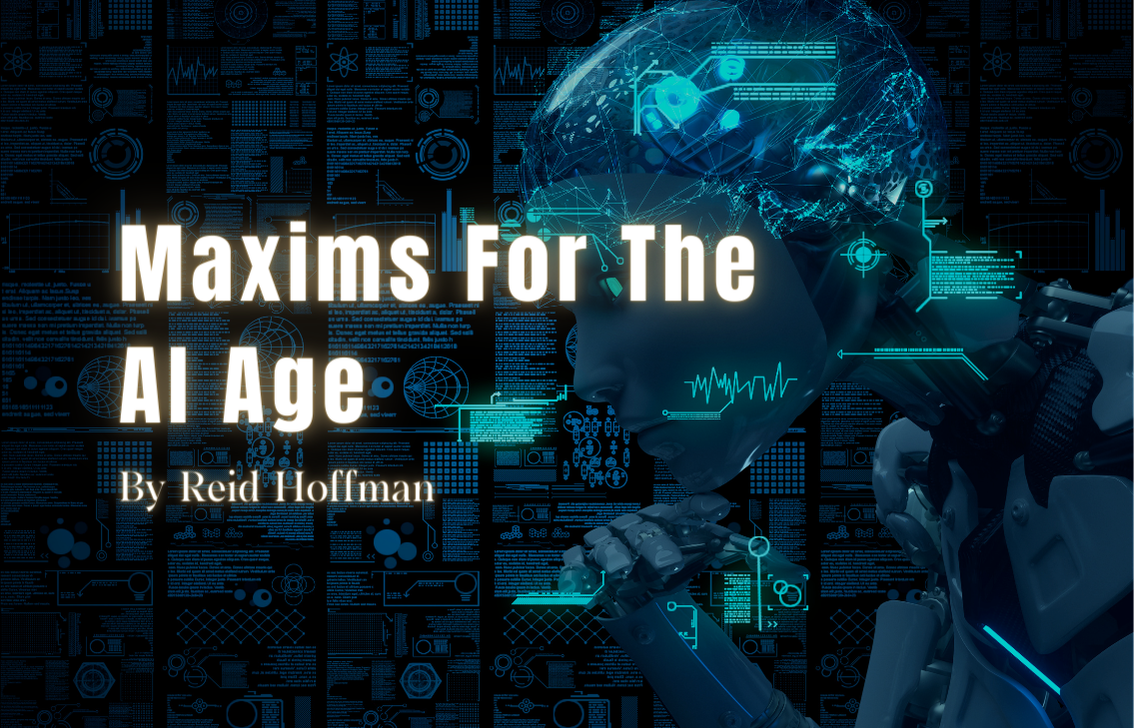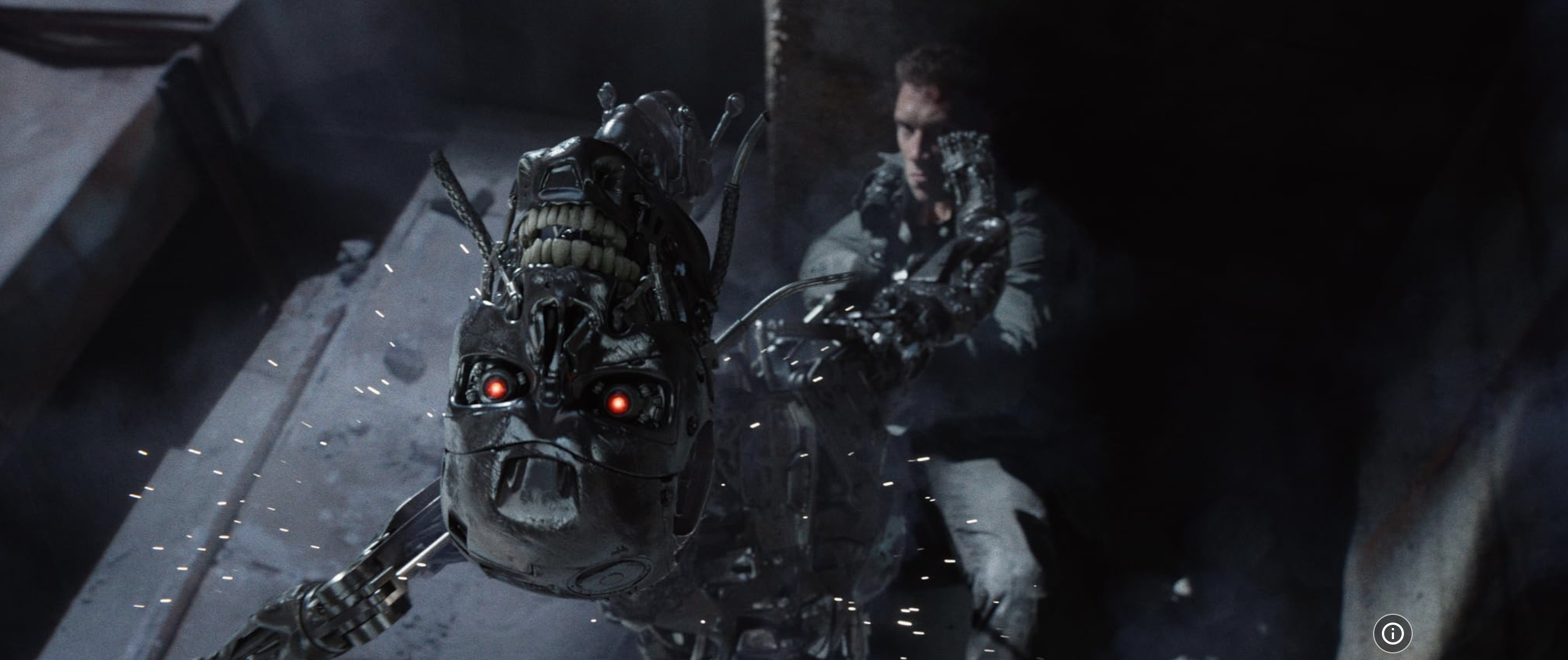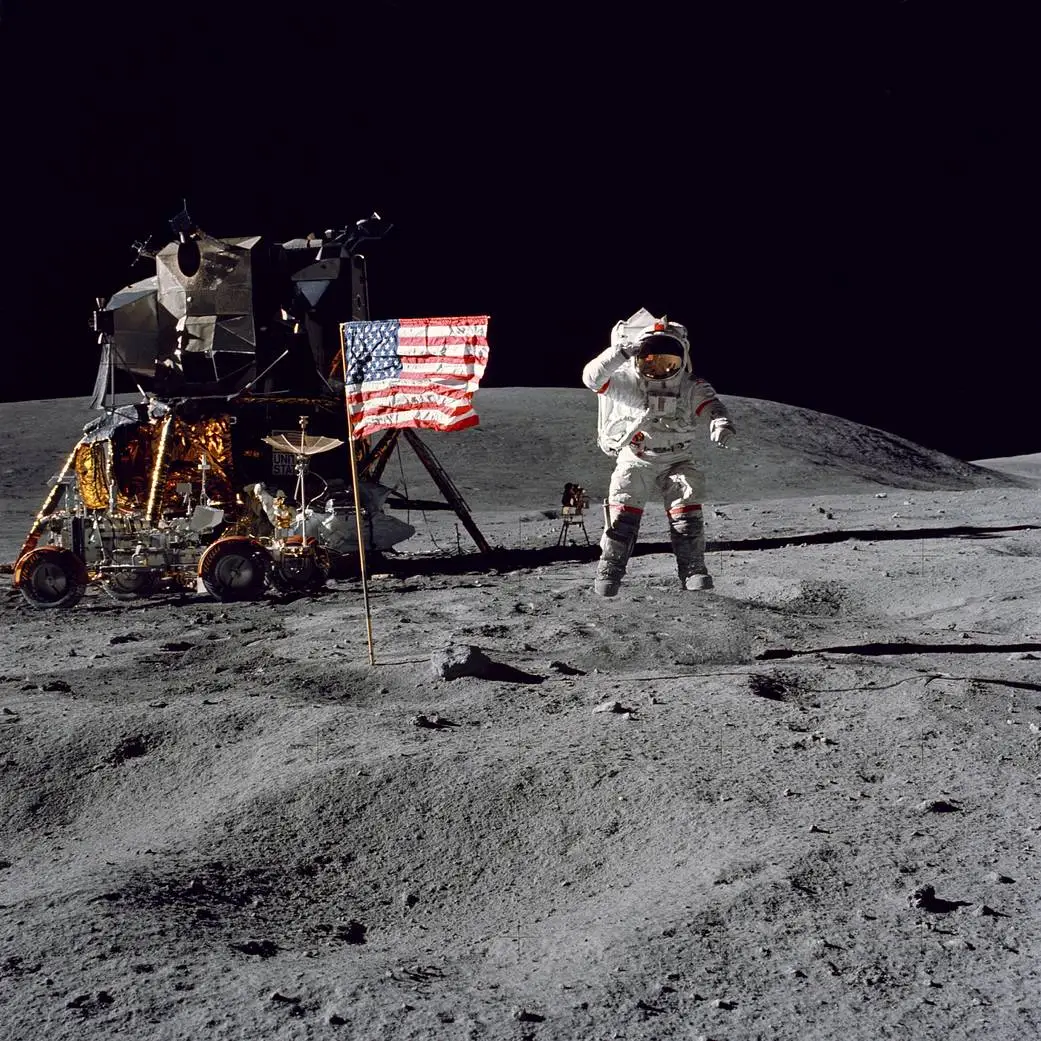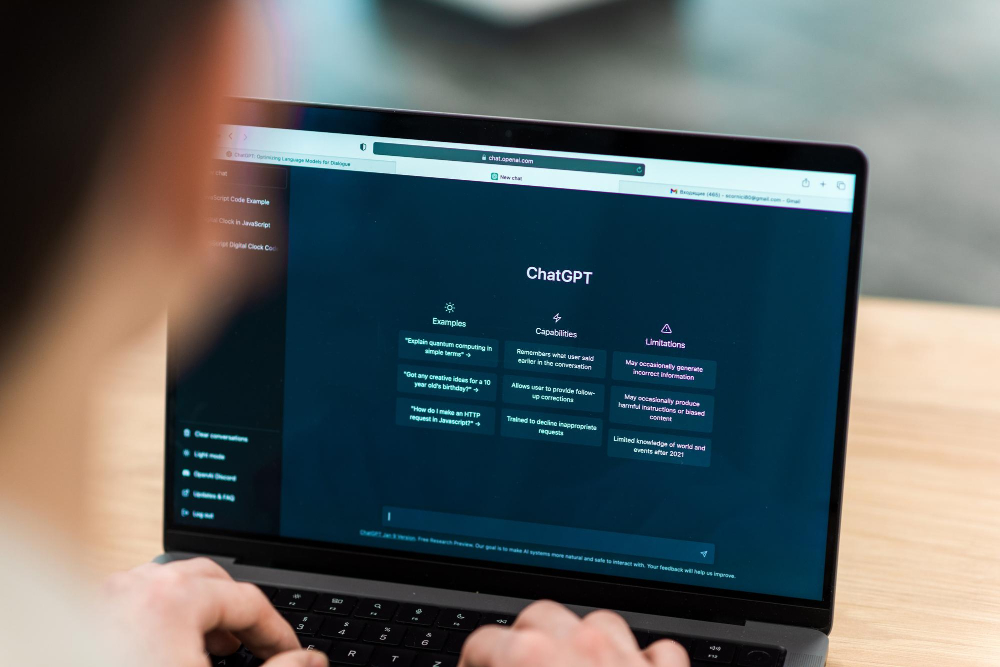Maxims For The AI Age

By Reid Hoffman
PERUGIA – Debates about technology have increasingly been reduced to stark dichotomies. Artificial intelligence should be curtailed, or it should be accelerated: thesis and antithesis, but no synthesis. Rather than picking a side, we should consider alternative rallying cries that place the focus where it belongs: humanity.
To that end, I propose six maxims. The first is a famous quip from the Carthaginian general Hannibal: “I shall either find a way or make one.” With AI still at a very early stage, we have barely scratched the surface of its potential. AI can help us find paths that we couldn’t see before, and it can help us make new ones through the force of human creativity. Tools like ChatGPT, Copilot, and Pi are trained on material by and about people. Far from replacing us, they extend us.
Imagine finding a previously indiscernible thread of insight that runs through Gödel, Escher, Bach, Caravaggio, Rousseau, and Vivaldi; or a thread tying together the ingredients you just happen to have in your kitchen. A vast collection of human creation and past contributions hangs before us like an expanding tapestry, and we now have the tools to do more with it than any previous generation ever could.
The second maxim is: “We are symbols, and inhabit symbols.” That is how Ralph Waldo Emerson described our use of language to comprehend, explain, and shape the world. We humans have always relied on tools, and that is what symbols are. They enable us to create things that did not exist before and do not occur naturally. Consider the griffin, with the head and wings of an eagle and the body of a lion. It is a human creation that reflects some reality we want to see in the world. Humans created griffins for uniquely human reasons. AI is no different.
True, many imaginative creations – from Mary Shelley’s monster in Frankenstein to James Cameron’s killer cyborg in Terminator – are meant to be cautionary. We naturally feel fear when initially encountering “the other” or “the new.” But the griffin reminds us that we can convert fear into a sense of majestic possibility. Ultimately, humans are both the creators and the products of their symbols, culture, environment, and decisions. Together with AI, we can create more griffins.

Terminator : Photo credit: MPC / Paramount Pi - © 2015 Paramount Pictures. All Rights Reserved.
The third maxim is to build cathedrals, as these ennoble our efforts and turn mere groupings of humanity into fellowships. Actual cathedrals are some of humankind’s most awe-inspiring creations, making it only fitting that we now refer to missions like the Apollo moon landing as “cathedral projects.” How great would it be if these were as much a part of our everyday lives as cathedrals are in European cities?

Apollo : Photo credit: nasa.gov
Such projects require many sets of hands, working in concert across regions, disciplines, and sometimes even generations. As the writer and aviator Antoine de Saint-Exupéry wrote, “A cathedral is built with stones; it is made up of stones; but the cathedral ennobles each stone, which becomes a cathedral stone.” Scientific discoveries and technological innovations are stones in the cathedral of human progress.
The stories of the telescope, the radio, the car, the elevator, the airplane, and – now – AI follow a similar pattern. While many know AI through recent commercial applications like ChatGPT, it took generations of innovators and inventions to get us to this point. We need grand projects – born of both cooperation but also some healthy competition – to give us a sense of direction. How we design and build our cathedrals tells us who we are, and who we want to be.

ChatGPT : Photo credit: Freepix
The fourth maxim is that we must take small risks to have any hope of navigating the big ones. Rather than trying to eliminate risk altogether – which is impossible – we ought to welcome challenges that could bring failure, because these create opportunities for iteration, reflection, discussion, and continual improvement.
Recall the economist Hyman Minsky’s great insight about financial crashes. He saw that “stability” can create its own form of instability. Too many safeguards in a financial system can make it more brittle, and the appearance of safety means that nobody will be prepared when it breaks.
The same lesson applies to AI regulation. Not only should we incentivize innovation; we should recognize that experimentation – taking smaller risks – is itself a risk-mitigation mechanism. Ultimately, we will get better regulation when these technologies have been deployed widely, allowing more people to try them out and integrate them into their lives. This, too, will be a shared undertaking, involving government, the private sector, the press, academia, the public – all of us.
The fifth maxim is that technology is what makes us human. If we buy into the notion that AI is the antithesis to humankind’s thesis, we will anticipate a future of half-human, half-machine cyborgs. But that is not really how it works. The combination of thesis and antithesis leads not to a crude mashup, but to a new thesis. The two evolve together, and the resulting synthesis, in this case, is a better human.
Moreover, AI may help us become more humane. Consider how responsive, present, and patient conversational AI models and chatbots can be. These features could have a profound impact on us. Not everyone has reliable access to human kindness and support. But when such resources become readily available, that will improve many people’s own capacities for kindness and empathy. And empathy can beget empathy. I think this dimension of AI’s potential has yet to be fully appreciated.
The sixth and final maxim is that we have an obligation to make the future better than the present. Imagine a personalized digital doctor or tutor in everyone’s pocket. What are the costs of that happening later, rather than sooner? Speed is a virtue when it comes to technology, given its unrivaled power to improve lives.
Everyone should ask themselves what a promising synthesis might look like. What if we can usher in a new era of human flourishing, where AI-driven research helps us discover new cures and harness the power of nuclear fusion in time to avert the worst consequences of climate change? It’s only natural to peer into the dark unknown and consider all that could go wrong. But it is necessary – and more essentially human – to consider what could possibly go right.
This commentary is adapted from a speech delivered at the University of Perugia in May 2024.
Reid Hoffman is Co-Founder of LinkedIn.
Copyright: Project Syndicate, 2024.
www.project-syndicate.org














































































































































































































































































































































































































































































































































































































































































































































































































